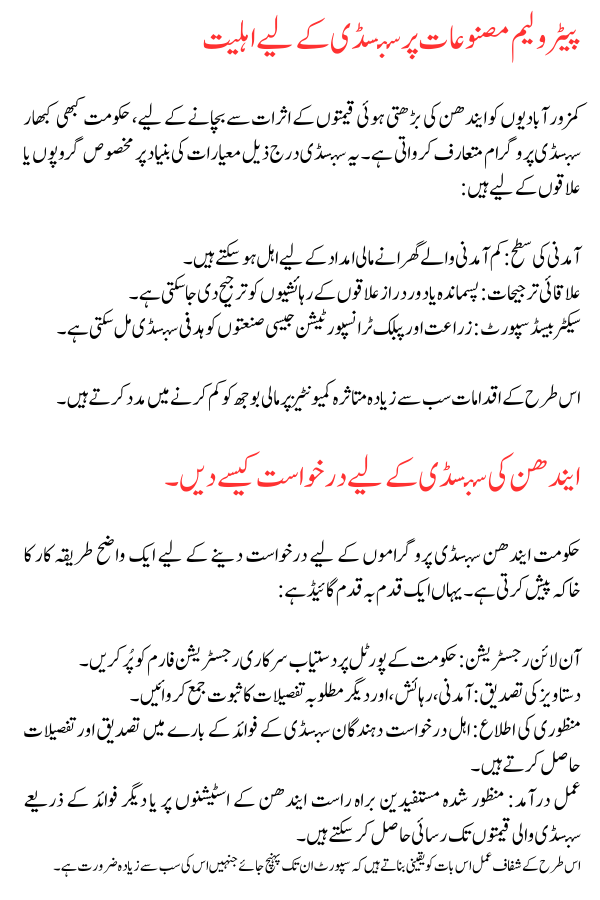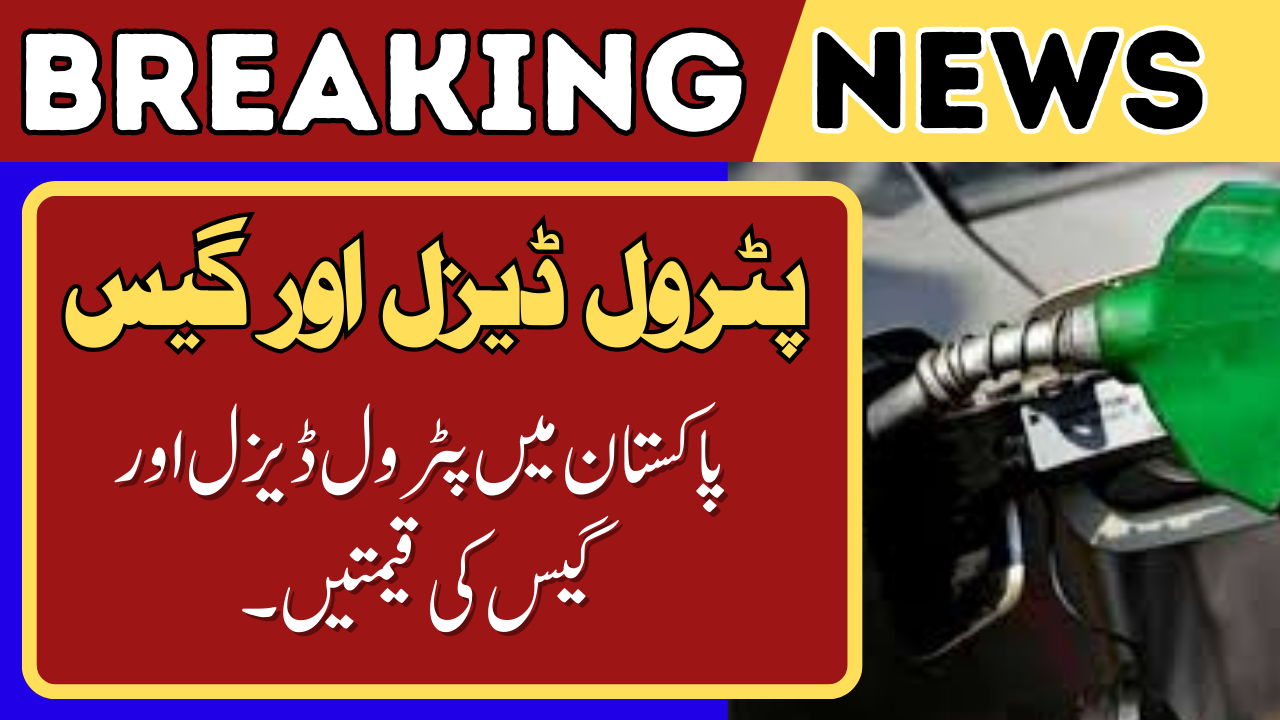Petrol Diesel and Gas Prices in Pakistan
The prices of petrol, diesel, and LPG (Liquefied Petroleum Gas) in Pakistan have undergone significant changes recently. These revisions, announced periodically by the government, are influenced by global oil market trends, currency exchange rates, and the economic stability of the country. These adjustments directly affect the cost of living, transportation, and industries, making it a hot topic for every Pakistani.
Also Read: Re-Apply in Punjab Green Tractor Scheme
Latest Diesel Price Update
Diesel prices have witnessed notable fluctuations, largely driven by international oil prices and currency depreciation. Diesel is a vital fuel for commercial transport and industrial machinery, and any price increase trickles down to higher costs for goods and services. This makes it a key factor in shaping the overall economic landscape of the country.
Also Read: Chief Minister Flood Relief Programme
LPG Price Surge and Its Impacts
LPG prices have also shown a significant rise, creating concerns, especially among rural households that rely heavily on LPG for cooking and heating. Global supply-demand dynamics and domestic market conditions are the primary reasons for these price adjustments. For low-income families, such changes can lead to financial strain, prompting the need for government intervention.
Also Read: Pink Scooties to Provide Working Women
Government’s New Petroleum Price Structure
The government regularly updates the prices of petroleum products, including petrol, diesel, kerosene oil, and LPG, based on several factors:
Key Determinants:
- Crude Oil Prices: International market rates significantly affect import costs.
- Exchange Rate Volatility: A weaker Pakistani rupee against the US dollar inflates petroleum prices.
- Taxes and Subsidies: Government-imposed taxes or subsidies play a crucial role in price adjustments.
These factors are carefully analyzed to ensure a balance between economic sustainability and public affordability.
Also Read: Canal Bank Housing Scheme
Eligibility for Subsidies on Petroleum Products
To shield vulnerable populations from the impact of soaring fuel prices, the government occasionally introduces subsidy programs. These subsidies are aimed at specific groups or regions based on the following criteria:
- Income Level: Low-income households may qualify for financial assistance.
- Regional Priorities: Residents of underdeveloped or remote areas might be prioritized.
- Sector-Based Support: Industries like agriculture and public transportation could receive targeted subsidies.
Such initiatives help alleviate financial burdens on the most affected communities.
Also Read: Maryam Nawaz to Distribute Laptops
How to Apply for Fuel Subsidies
The government outlines a clear process for applying to fuel subsidy programs. Here’s a step-by-step guide:
- Online Registration: Fill out the official registration form available on the government’s portal.
- Document Verification: Submit proof of income, residence, and other required details.
- Approval Notification: Eligible applicants receive confirmation and details about subsidy benefits.
- Implementation: Approved beneficiaries can access subsidized prices directly at fuel stations or through other benefits.
Such transparent processes ensure that support reaches those who need it the most.

Also Read: Punjab Bike Scheme Check Made Easy
FAQs
Q: Why do petroleum prices change so frequently?
A: Prices fluctuate due to global crude oil rates, currency exchange variations, and domestic taxation policies.
Q: Who is eligible for fuel subsidies?
A: Typically, low-income households, specific industries, and residents of underdeveloped areas qualify.
Q: How can I stay updated on fuel price changes?
A: Regular updates are provided by the government through official announcements and websites.
Q: Do LPG prices vary by region?
A: Yes, domestic supply-demand conditions and transportation costs can result in regional price differences.
Conclusion
The dynamic nature of petrol, diesel, and LPG prices in Pakistan reflects the challenges of balancing economic needs with public affordability. While price changes are inevitable due to global and local factors, government initiatives such as subsidies and support programs play a critical role in mitigating their impact on vulnerable populations. Staying informed and prepared for these adjustments is essential for everyone.
Read More: Click Here
